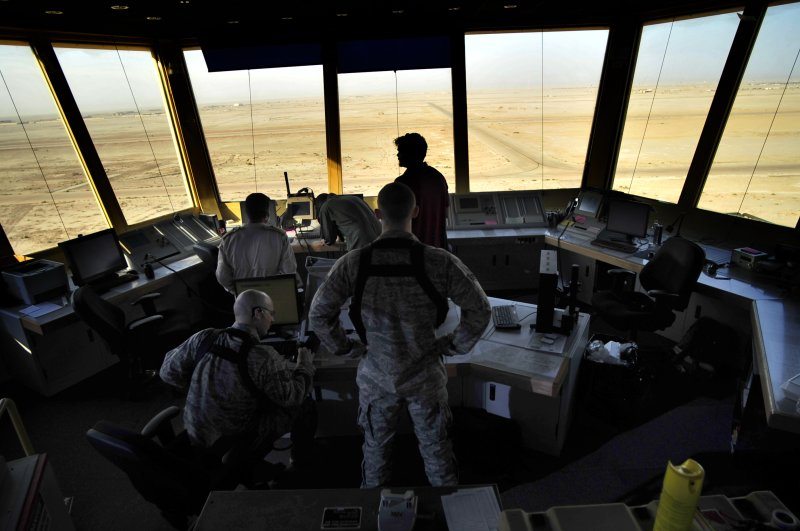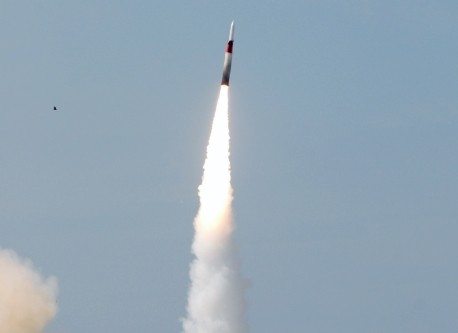With the Air Force’s assistance, Iraq now has full air traffic control responsibility for the country’s airspace for the first time since 2003.
The Air Force transferred management of the Baghdad and Joint Base Balad Airspace sector to the Iraq Civil Aviation Authority Oct. 1.
With this historic step, Iraq’s air traffic controllers now direct the movement of all aircraft within the busiest and most complex airspace in Iraq, officials said.
“This transfer was the culmination of a multi-year effort by the Air Force, U.S. Embassy-Baghdad and the ICAA to help Iraq develop a self-sufficient, national air traffic control system,” said Maj. Adam Fiedler, an airspace planner with the U.S. Forces-Iraq Air Component Coordination Element-Iraq.
This project is one of many U.S. and Iraq initiatives that support Iraq’s economic development and sovereignty under the Strategic Framework Agreement.
From the Baghdad Area Control Center, the ICAA now controls the airspace directly over Baghdad and provides approach and departure services for aircraft arriving and departing from Baghdad International Airport.
In August 2007, the airspace transfer process started with the ICAA taking control of the airspace above 29,000 feet over Iraq, Fiedler said. Surveillance and control over Iraqi airspace officially transferred to Iraqi authority as part of the security agreement Jan. 1, 2009.
During the transition, the Iraqi government requested additional help from the U.S. due to gaps in capacity. To overcome this, the ACCE-Iraq and U.S. Embassy Transportation Attaché office officials partnered with the ICAA to incrementally transfer airspace as their capability and capacity increased.
“Essentially, this last airspace transfer culminates more than four years’ worth of effort and has returned true airspace sovereignty to Iraq,” Fiedler said. “It signifies that Iraq reached a point where it can stand on its own and no longer require U.S. support and assistance. They own, operate and control their own national airspace system.”
Fiedler said this herculean effort would have been challenging enough in a permissive environment, but the added complexities of integrating during ongoing tactical air operations in support of security efforts made this accomplishment all the more significant and impressive for the ICAA.










